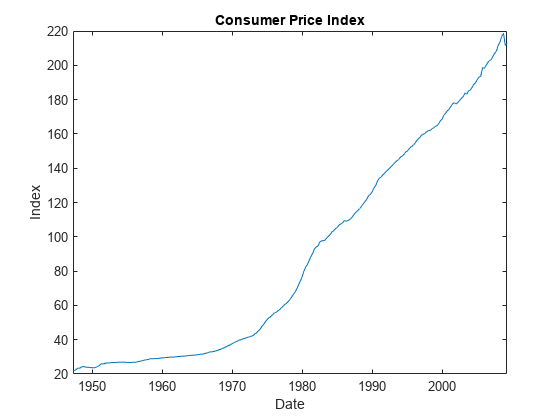summarize
Display estimation results of vector autoregression (VAR) model
Description
summarize( displays a summary of the VAR(p) model Mdl)Mdl.
If
Mdlis an estimated VAR model returned byestimate, thensummarizeprints estimation results to the MATLAB® Command Window. The display includes a table of parameter estimates with corresponding standard errors, t statistics, and p-values. The summary also includes the loglikelihood, Akaike Information Criterion (AIC), and Bayesian Information Criterion (BIC) model fit statistics, as well as the estimated innovations covariance and correlation matrices.If
Mdlis an unestimated VAR model returned byvarm, thensummarizeprints the standard object display (the same display thatvarmprints during model creation).
Examples
Input Arguments
Output Arguments
Version History
Introduced in R2017a

